Track spikes are more than just shoes; they’re the secret weapon for athletes aiming to maximize their performance on the track. Designed for speed, traction, and comfort, understanding these specialized shoes can make a significant difference in your racing experience. This guide will explore everything from what track spikes are, their growing popularity, to how to select and use them effectively.
Table of Contents:
– What are track spikes?
– The rising popularity of track spikes
– The performance benefits of wearing track spikes
– How to choose the right track spikes
– Tips for using track spikes effectively
What are track spikes?
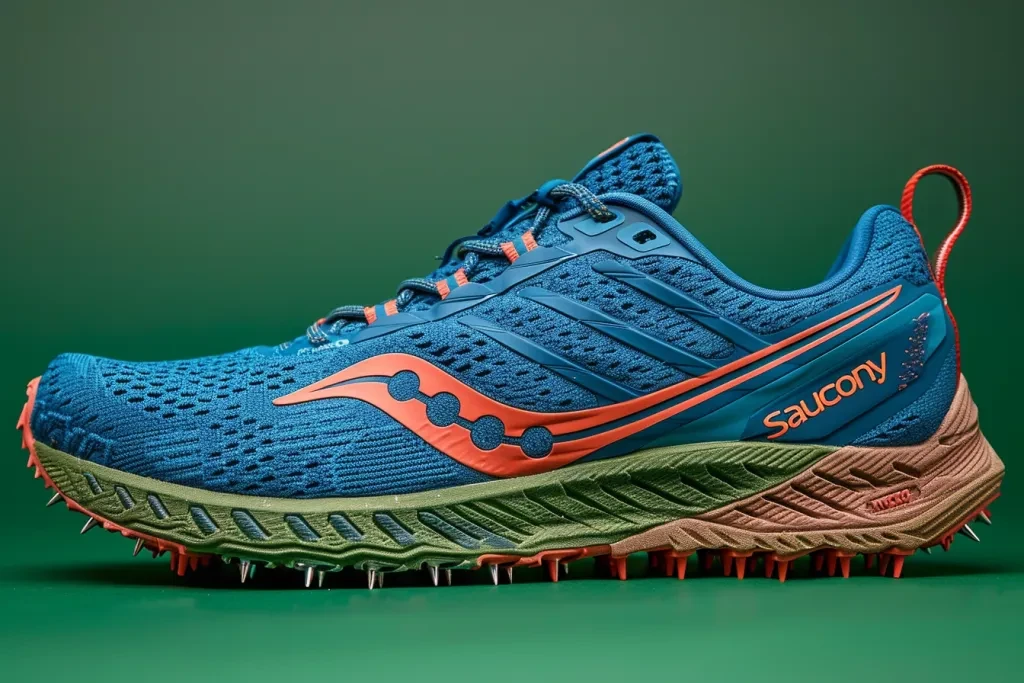
Track spikes, often simply called spikes, are lightweight racing shoes designed specifically for track and field athletes. The defining feature of these shoes is the spikes or pins located on the bottom, providing enhanced grip and traction on the track surface. Unlike standard running shoes, track spikes are minimalist in design, offering less cushioning to keep the shoes light and improve foot speed.
The construction of track spikes focuses on optimizing performance. The upper part is usually made from a breathable, synthetic material that fits snugly around the foot, reducing any excess weight and improving aerodynamics. The midsole, if present, is thin and firm, offering minimal cushioning but maximum responsiveness. This design philosophy ensures that the athlete feels closer to the track, allowing for a more powerful push-off.
The spikes themselves can vary in number, length, and material, depending on the specific track event and surface. They are typically removable and can be replaced as they wear down or to suit different track conditions. This customization allows athletes to tailor their shoes for the best possible performance in their specific events, from sprints to long-distance races.
The rising popularity of track spikes
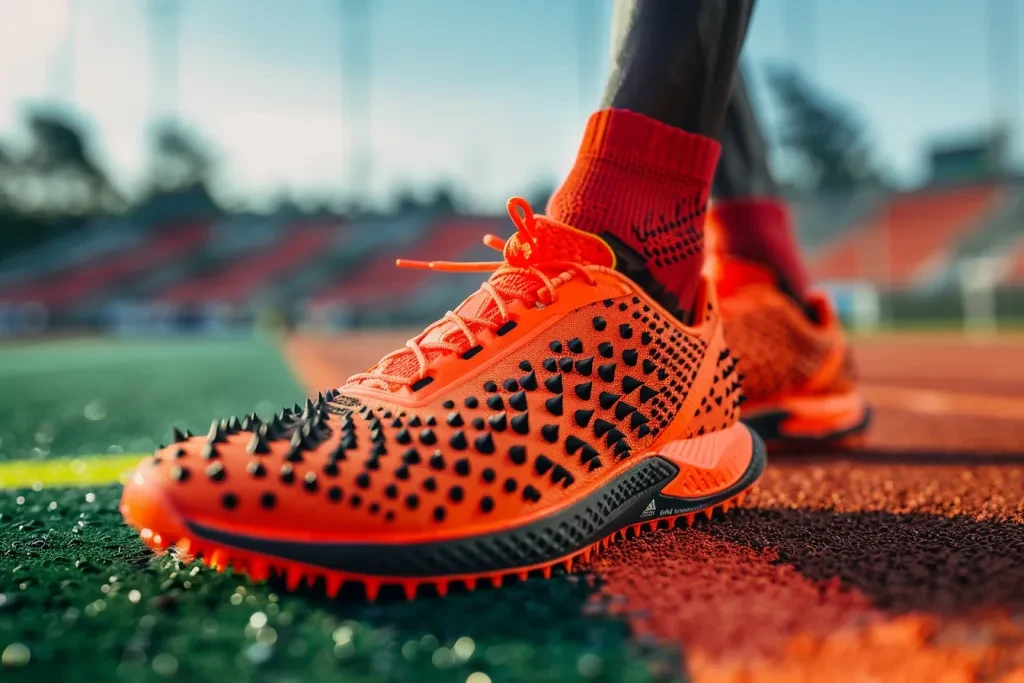
Track spikes have seen a surge in popularity among athletes of all levels, from amateur to professional. This increase is partly due to advancements in technology and materials, which have made spikes more comfortable, durable, and specialized for various track and field events. As a result, athletes can now choose from a wide range of products tailored to their specific needs, enhancing their performance and reducing the risk of injuries.
The visibility of track spikes in major athletic competitions has also contributed to their popularity. When aspiring athletes see their idols achieving remarkable feats while wearing these specialized shoes, it inspires them to integrate track spikes into their own training and competition regimens. This admiration, combined with the tangible benefits track spikes offer, has led to their widespread adoption across the track and field community.
Moreover, the growing focus on competitive sports at younger ages has led to an increased demand for performance-enhancing gear, including track spikes. Schools and sports clubs are recognizing the benefits of providing their athletes with the best possible equipment, further driving the popularity of these shoes. As the culture of sports continues to evolve, track spikes remain at the forefront, offering athletes the edge they need to excel.
The performance benefits of wearing track spikes
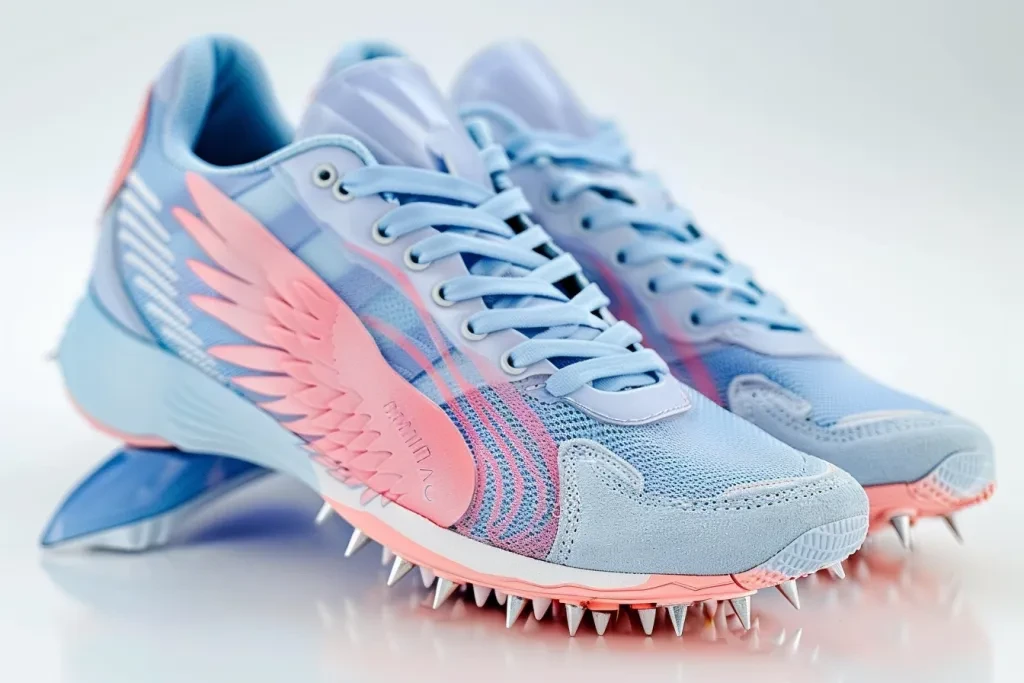
Wearing track spikes can significantly impact an athlete’s performance, thanks to their specialized design and features. First and foremost, the spikes provide unparalleled traction on the track, reducing slippage and allowing for more powerful strides. This enhanced grip is crucial in events where every millisecond counts, helping athletes to maximize their speed and efficiency.
Another key benefit is the lightweight construction of track spikes, which reduces the overall energy expenditure during a race. By minimizing the weight an athlete has to carry, spikes can help conserve energy, allowing for faster speeds over longer distances. This can be particularly beneficial in longer sprints and middle-distance events, where maintaining a high speed throughout the race is essential.
Furthermore, the snug, supportive fit of track spikes can improve running mechanics and stability, reducing the risk of injuries. Properly fitted spikes help ensure that the foot is secure and supported, minimizing unnecessary movements that could lead to sprains or other injuries. This support is vital for athletes who put their bodies through rigorous training and competition schedules.
How to choose the right track spikes
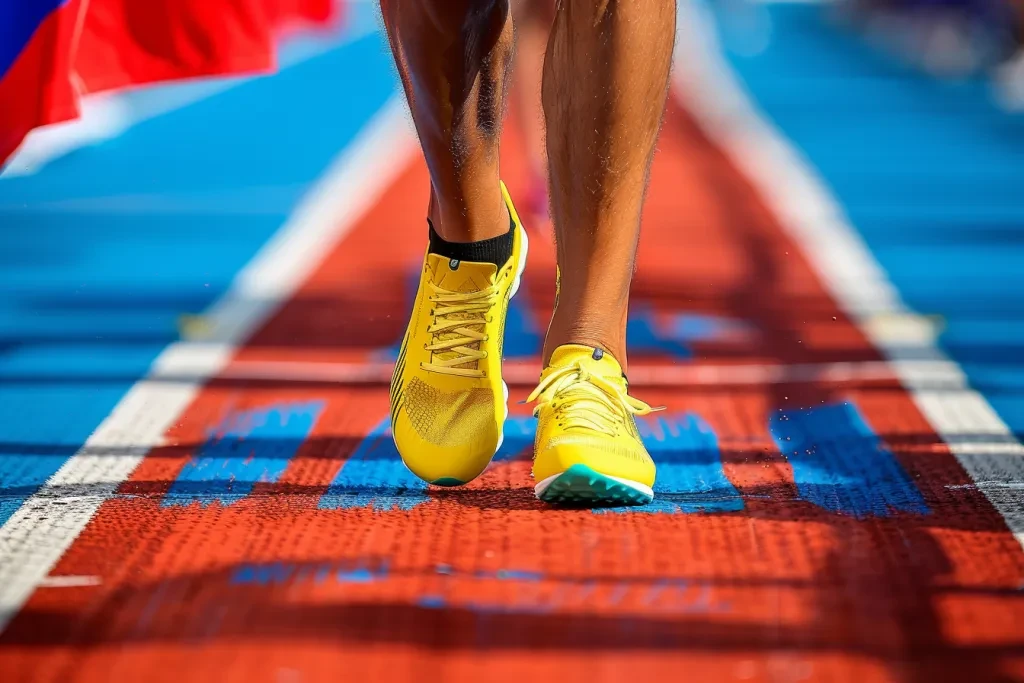
Choosing the right track spikes is crucial for optimizing performance and comfort. The first step is to consider the specific events you participate in, as different types of spikes are designed for sprints, middle-distance, long-distance, and field events. Sprint spikes, for example, have a rigid plate under the forefoot to maximize power and speed, while distance spikes are more flexible and offer slightly more cushioning for comfort during longer races.
Another important factor is the fit. Track spikes should fit snugly around the foot, with minimal room in the toe box to prevent slippage and ensure efficient power transfer. It’s often recommended to try on spikes with the same socks you’ll wear during competition and to test them by running a few strides if possible.
Lastly, consider the spike configuration. The number and length of spikes can vary, and while most tracks allow spikes up to 6mm, some may have restrictions. It’s essential to choose spikes that are appropriate for the track conditions you’ll most frequently encounter, and to have spare spikes and a spike wrench for adjustments as needed.
Tips for using track spikes effectively
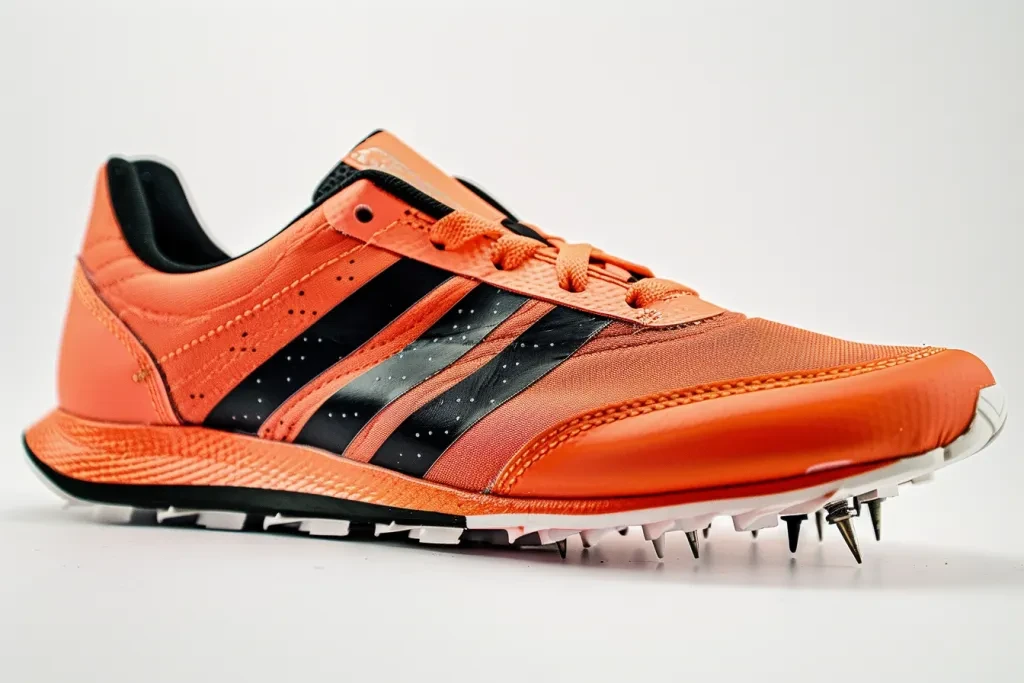
To get the most out of your track spikes, it’s important to use them correctly and care for them properly. First, only wear your spikes on the track or during competition to prevent unnecessary wear on the spikes and sole. For training sessions that don’t require full speed, use regular training shoes to extend the life of your spikes.
Before each use, check that the spikes are tightly screwed in and not overly worn down. Worn spikes can reduce traction and performance, so replace them regularly. Additionally, practice running in your spikes before a major competition to get used to the feel and ensure they’re properly broken in.
Finally, maintain your spikes by keeping them clean and dry. Remove any dirt or debris after each use, and if they’re wet, stuff them with newspaper to absorb the moisture and maintain their shape. Proper care will not only extend the life of your spikes but also ensure they provide the best performance possible.
Conclusion: Track spikes are a critical component of an athlete’s gear, offering significant advantages in terms of speed, efficiency, and safety. By understanding what track spikes are, their benefits, and how to choose and use them wisely, athletes can unlock their full potential on the track. Whether you’re a seasoned competitor or new to the sport, investing in the right track spikes is a step toward achieving your personal best.




